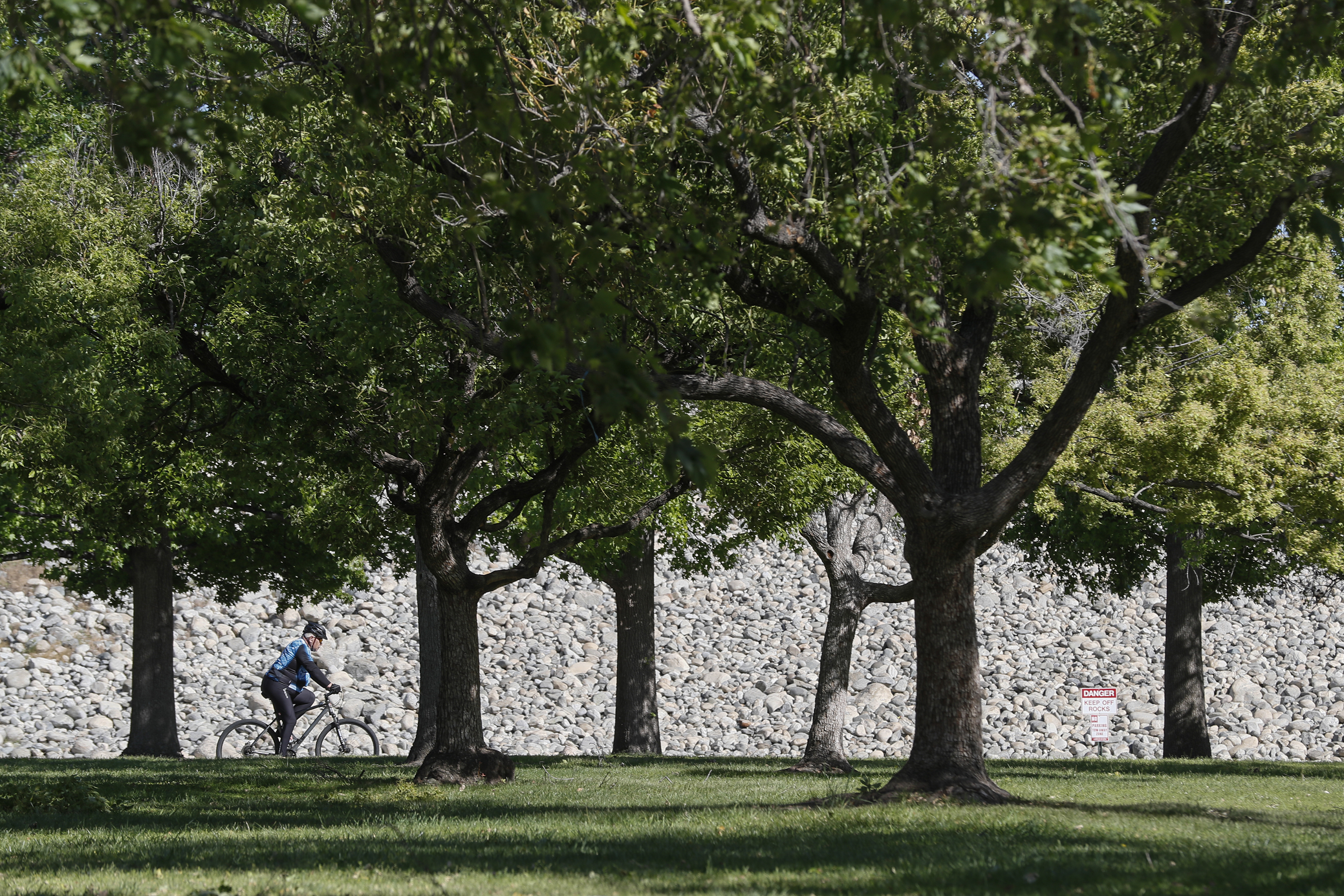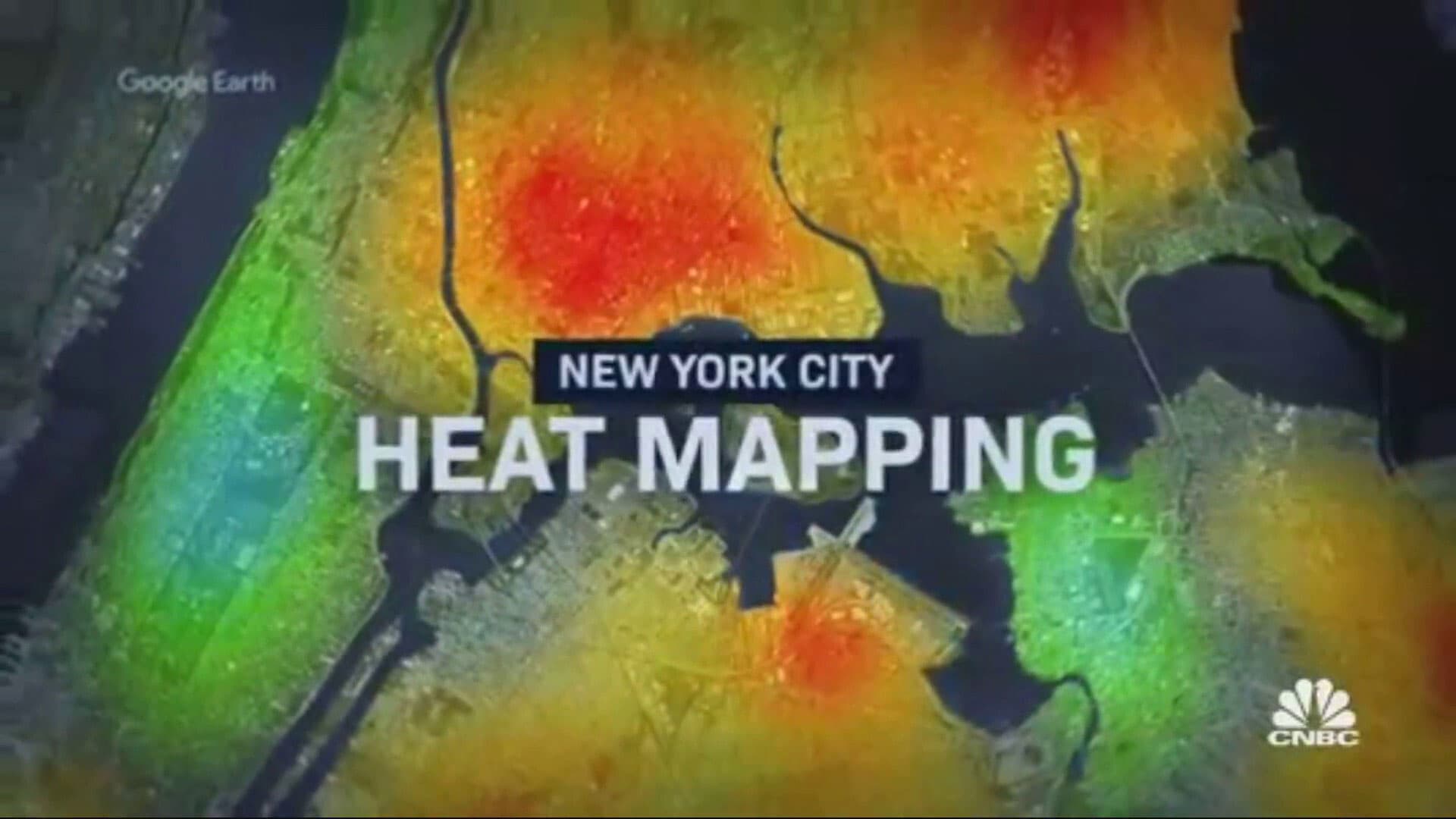As the country swelters in record-breaking heat this summer, more than 41 million Americans live in neighborhoods that are at least 8 degrees hotter than surrounding areas.
That’s according to a new analysis from Climate Central, a nonprofit news organization that reports on climate science.
It found that half of the populations of Chicago, Miami, San Diego, and the San Francisco Bay Area live in what are known as urban heat islands. They typically are areas built up with asphalt, sidewalks and buildings and lack trees and other greenery.
Get Tri-state area news and weather forecasts to your inbox. Sign up for NBC New York newsletters.
In Philadelphia, 900,000 people are affected; in Los Angeles, 3.3 million; and in Dallas and New York, three out of four residents.
The city heat is even worse this year as the planet continues to warm. July is expected to be the hottest month ever recorded with nearly 5,000 heat records broken this month. More than 100,000 million people were under heat alerts Wednesday.
“Those advisories and warnings are intended to tell people, OK, look, this is a particularly dangerous situation,” said Robert Molleda, a meteorologist for the National Weather Service in the Miami Forecast Office.
His team recently lowered its threshold for heat alerts, relying on a study from the University of Miami. Heat sensors placed around the city showed urban heat islands up to 10 degrees hotter than other neighborhoods.
Climate Central analyzed how the intensity of urban heat islands varied with 44 major cities in the United States that are home to nearly a quarter to the country’s population.
Federal researchers started mapping urban heat islands seven years ago and this summer continue in Boston, Chicago and Dallas. In all, they are mapping the hottest parts of 18 communities in 14 states.
Cities are planting trees, installing roofs and using white paint to lower temperatures in urban heat islands, but progress has been slow in many places.



